
OR
Opinion
Give Deaf Children Chance to Realize their Full Potential
Published On: October 31, 2021 06:30 AM NPT By: Pralhad Gairapipli and Simone Galimberti
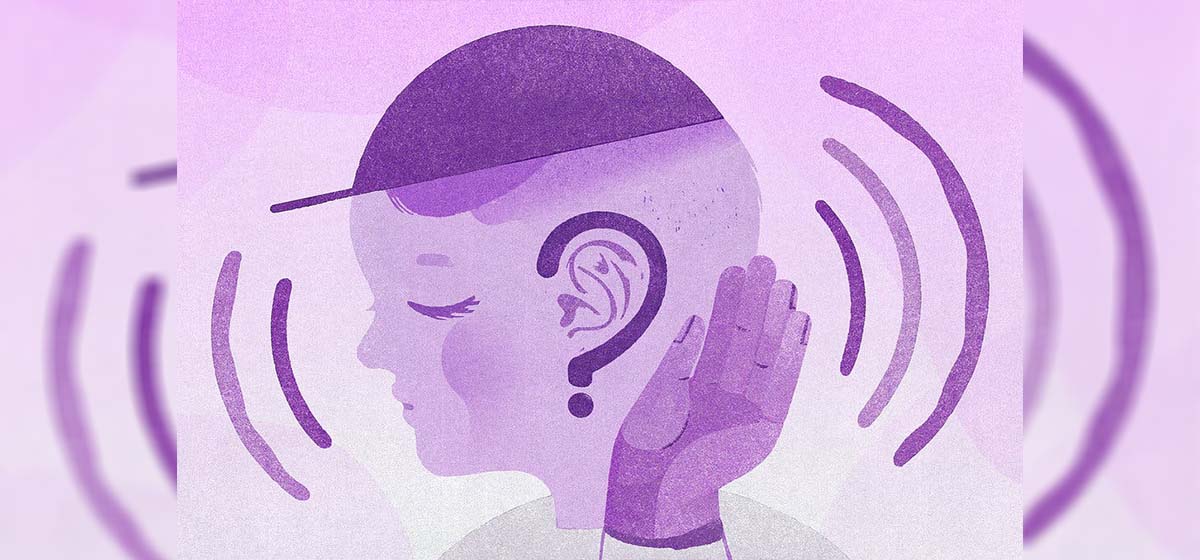
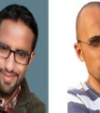
Pralhad Gairapipli and Simone Galimberti
(Gairapipli works with Humanity & Inclusion as Regional Communications Officer for India, Nepal and Sri Lanka. Galimberti is the Co-Founder of ENGAGE, an NGO partnering with youths living with disabilities. Opinions expressed are personal.)news@myrepublica.com
More from Author
Now we will have to ensure that new digital innovations can help unblock the status quo while at the same time it is paramount to better understand how new technological devices can enhance the learning of children who are deaf and hard of hearing.
Over the past one and a half years, there have been a lot of discussions on the right to education for vulnerable children and the impact that the lockdown and with it, the implications of online education, had on them.
Much neglected and overlooked instead was the situation faced by children and youth who are deaf and hard of hearing, an important component of the student population that always remains at the margins of the conversation.
It should not be this way and the reason is simple: the numbers are staggering.
In Nepal, 15,000 deaf students attend 22 specialized schools and 174 resource classrooms.
According to the National Federation of the Deaf Nepal(NDFN), there are around 4,000 students in the former that exclusively meet the needs of students with hearing impairment while in the latter, there are approximately 11,000 students enrolled.
This group of resource classrooms is a positive example of integration as we are talking about “teaching units” dedicated to deaf and hard of hearing children within the “mainstream” schools- where children with and without disabilities learn together.
The real problem is that for such a vast target group, only three out of the 22 specialized schools for the deaf in Nepal provide 12 years of school education — 1st to 12th grade.
The landscape clearly portrays an outright violation of the right to education for the vast majority of these children and youth, a situation that is further aggravated if we think that only one school, Central Higher Secondary School for the Deaf, situated in the federal capital, provides higher education but only for Bachelors’ degrees in Education and Management.
It means that for example if you are a talented female student with hearing impairments and your dream is to study engineering, your future is completely shattered and the options available do vastly limit your pathway toward a meaningful career.
In short, you have to adjust and adapt to an unfair and unjust society.
This should not happen in a nation that boasts a constitution for its inclusiveness and progressive features.
In a country where, according to NDFN, there is a population of more than 300,000 people who are deaf or have hearing impairment, this is a cautionary tale that there is only so much that children and youth with hearing impairment can do.
It should not be this way.
Moreover, only now Nepali Sign Language is being discovered though the vast majority of adults who are deaf will continue to make do and carry on with their lives without being able to fully communicate with the rest of the society.
If you consider that this medium of communication was developed in 1998, you can realize how many citizens’ lives have been obstructed and denied an opportunity for self-development.
The road toward a more inclusive, just society is a long and rough one and the rights of persons with hearing impairment, either deafness or hard of hearing, should be considered and fought for in unison with other citizens who are discriminated against on a daily basis even if no one takes notice.
We are talking about the inviolable rights of other members of vulnerable groups, not only other segments of the population living with disabilities but also those of communities who are historically marginalized like dalit, the vast majority of madhesis, indigenous groups and of course, women, a community thoroughly discriminated against.
While it is essential to pursue a common front to call for the upholding of the rights of all these key members of society, it is also vital to promote specific, tailor-made solutions focused on the unique needs of such members.
Investing in education is one of the surest interventions to start with - one that should open up a myriad of opportunities and other complementary actions.
In the case of children and youth with hearing impairment, it means more resources focused on strengthening the network of resource classes, ensuring that children attending them also have opportunities to interact and spend time with their peers attending the “mainstream” classes.
It is also about enlarging the options at higher education levels through specialized programs but also - and this should be the overarching goal - through efforts to turn colleges and universities more attentive and inclusive of the rights of students with unique needs like those with hearing impairments.
Another essential step is to create a level playing field in the domain of digital education.
We should not forget that, while the rights of the vast majority of vulnerable kids have been neglected and violated, over the entire lockdowns, those who are deaf and hard of hearing paid the utmost consequences as there was not any digital tool available to them and as a consequence, no learning happened.
Though this is shocking, it is part of a consistent pattern.
In this regard, an important step has been recently taken when the first-ever Nepali sign language app was launched, on the 23rd September 2021, on the occasion of the International Day of Sign Languages.
Called, “MeroSanket”, it was developed by a consortium including Handicap International, also known as Humanity & Inclusion in partnership with the National Federation of the Deaf Nepal (NDFN), the Center for Education and Human Resource Development (CEHRD), World Education and with funding support from the USAID.
One of the most important features of MeroSanket is that it can be used not only by students, including those at pre-literacy levels but can also be a useful tool for everyone else in society interested to learn Nepali sign language.
The fact that the federal government, through CEHRD, was fully involved and provided guidance in the development of the app, is significant and promising.
Yet existing provisions must be enforced. For example, Nepal’s 2017 Disability Rights Act (section 23.2) provides for special training for teachers who educate children with disabilities to promote their access to quality education but does not mention training for teachers in inclusive education. Training is focused on developing specialized teachers, rather than training all teachers in inclusive methods that will benefit diverse learners.
In addition, the act also states- “The Government of Nepal shall make freely available the educational materials as prescribed to the schools in order to ensure the access of the students with disabilities to schools and learning.” But this lacks proper implementation.
Now we will have to ensure that new digital innovations can help unblock the status quo while at the same time it is paramount to better understand how new technological devices can enhance the learning of children who are deaf and hard of hearing.
They can truly make a whole of difference but at the same time, a much stronger holistic effort at national and local levels must be made to ensure not only the rights of children and youth with hearing impairments but also those of their peers from other marginalized groups are fulfilled.
Optimistically, a digital app can become a propeller for more actions in the field of inclusive education.
(Gairapipli works with Humanity & Inclusion as Regional Communications Officer for India, Nepal and Sri Lanka. Galimberti is the Co-Founder of ENGAGE, an NGO partnering with youths living with disabilities. Opinions expressed are personal.)
You May Like This
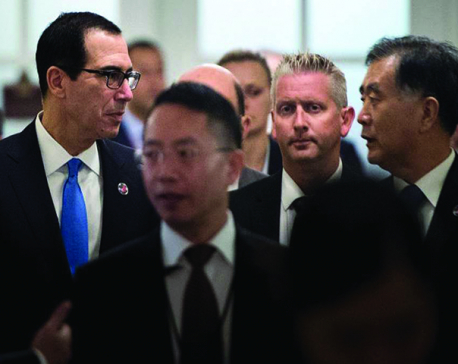
America’s self-defeating China policy
After decades of globalization and technological progress, countries are more interconnected than ever, with policy decisions made in one country... Read More...

Accountability check
Now is the time for ministers of two-thirds majority government to take accountability issue really seriously ... Read More...
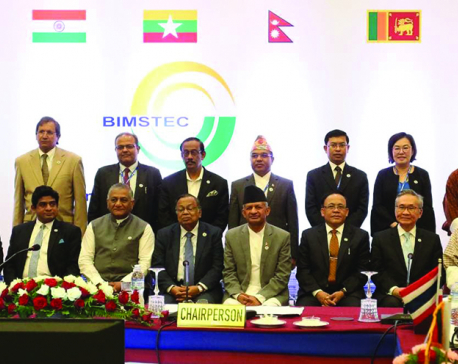
Some hard truths
BIMSTEC might have a hard time taking off because of growing mutual suspicions and New Delhi’s aspiration to ignore... Read More...







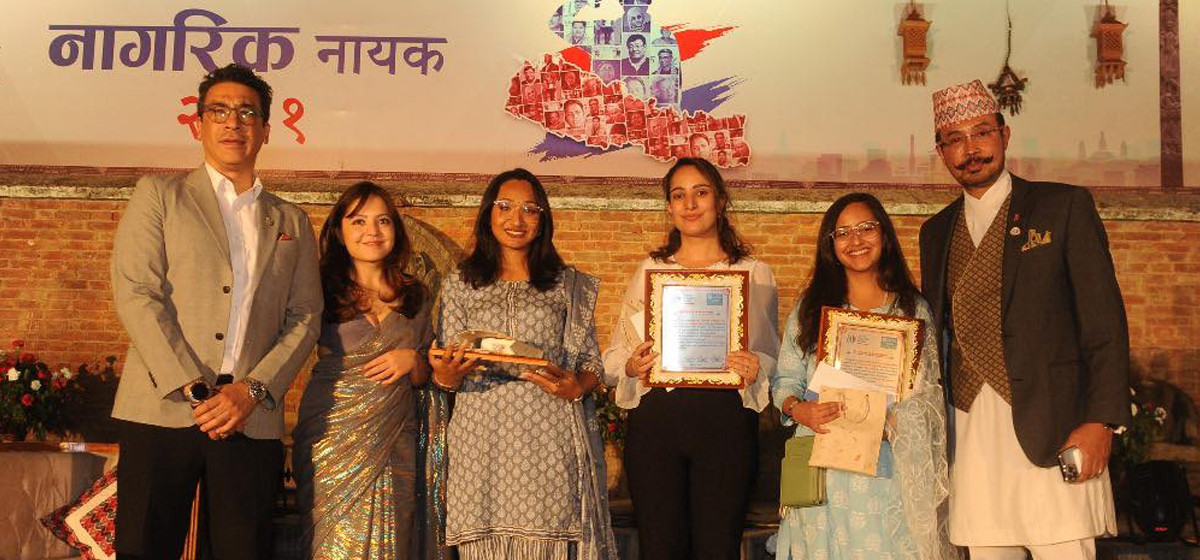
Just In
- Qatar Emir meets PM Dahal, bilateral agreement and MoUs signed between Nepal and Qatar
- Employee involved in distribution of fake license transferred to CIAA!
- Youth found dead in a hotel in Janakpur
- CM Kandel to expand cabinet in Karnali province, Pariyar from Maoist Center to become minister without portfolio
- Storm likely to occur in Terai, weather to remain clear in remaining regions
- Prez Paudel solicits Qatar’s investment in Nepal’s water resources, agriculture and tourism sectors
- Fire destroys 700 hectares forest area in Myagdi
- Three youths awarded 'Creators Champions'



_20240423174443.jpg)





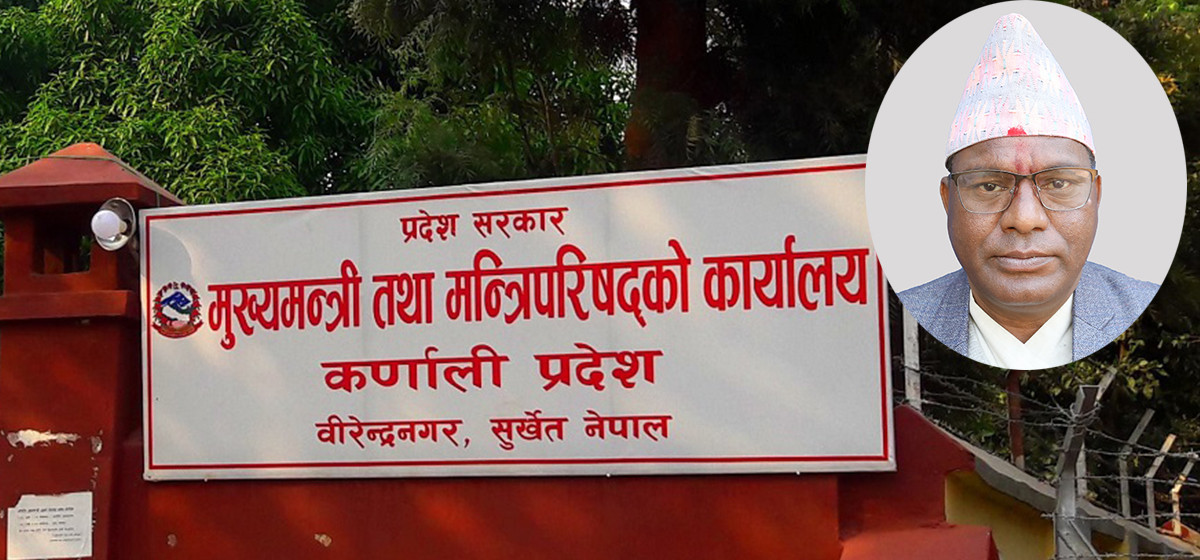

Leave A Comment